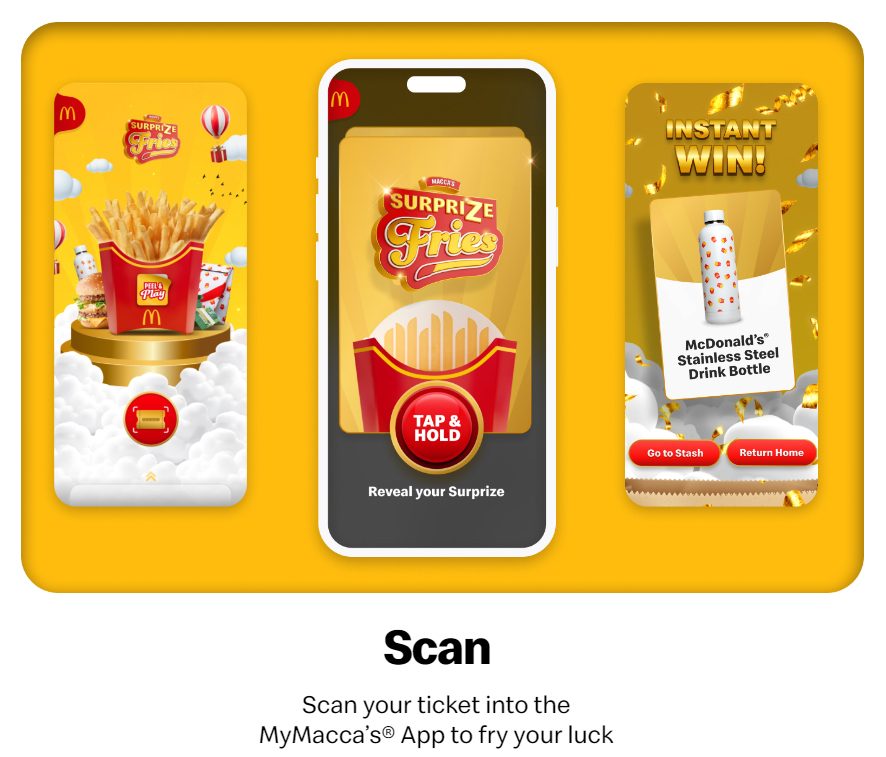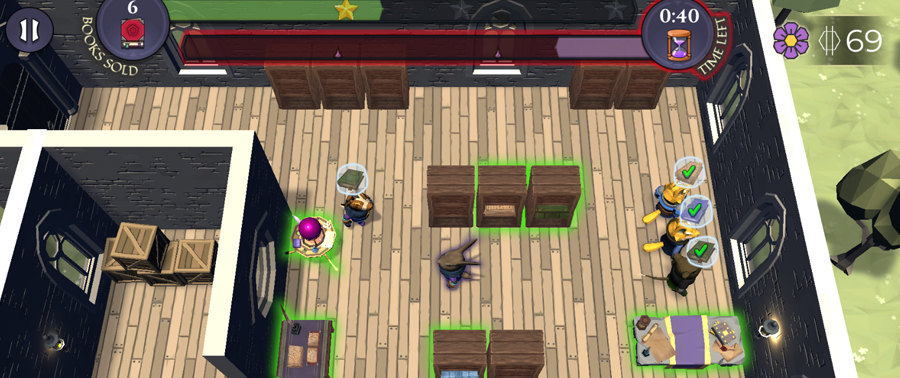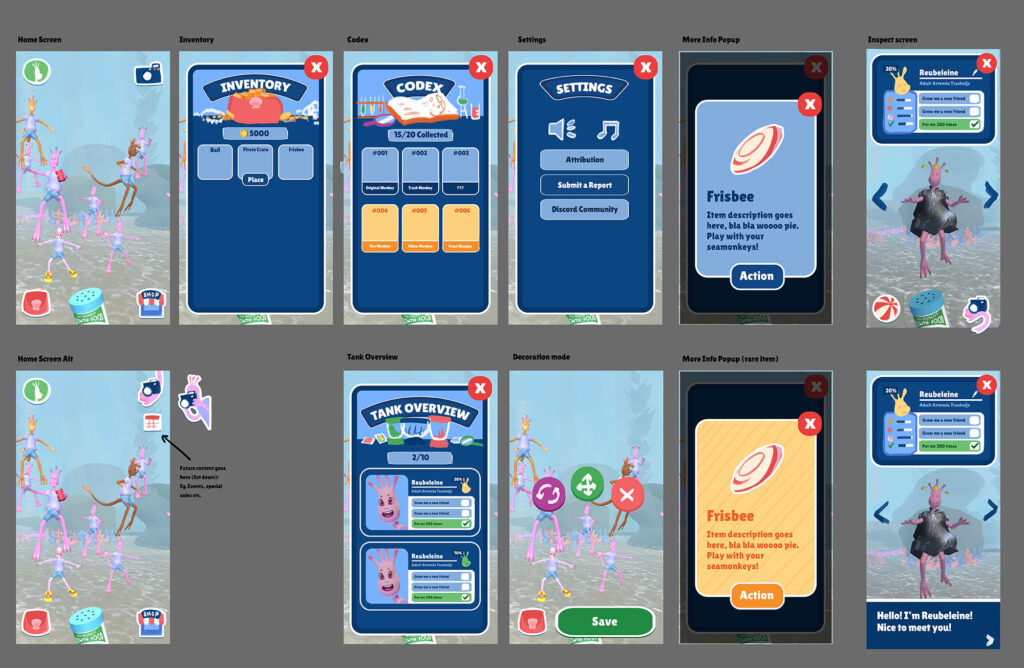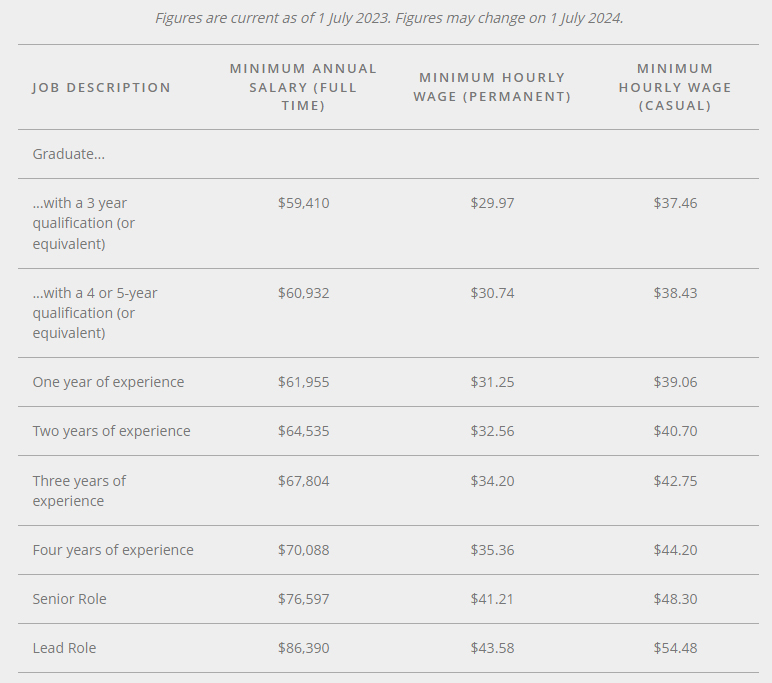Gamification, gamified experiences, serious games. These are all terms that have gained some buzz in the past decade, alongside the increased number of people who play video games. According to IGEA’s 2023 report, 81% of all Australians play video games, up from 63% in 2022, utilising it for entertainment, mental health, social connection, learning and much more.

In light of this, we thought it would be useful to create a detailed guide about what gamification is, and how it is relevant for small-medium businesses. We’ve worked with several clients over the years, and will be shedding light on what types and examples of gamification exist, what the game development process is like, and how much it costs!
What are gamified experiences/Gamification?
Gamification, gamified experiences, or serious games, are interactive experiences that use the core principles and mechanics of video games in non-game settings. This means common game mechanics such as levels, points, leaderboards, competition, and more, bringing fun to the full experience of a product or service. Unlike traditional video games for entertainment though, gamification’s purposes are often related to learning something new, promoting a new product/brand, crafting a brand experience, and much more!
Broadly speaking, there are two large categories of the purpose of gamified experiences: Marketing and Education. Here are some real-life examples of gamification:
Marketing games
These are gamified experiences for marketing purposes such as promotions, giveaways and brand experiences. Most people would be familiar with the idea of scratch-to-win promotions, with the suspense of possible rewards providing some excitement for customers. In the same way, many brands have turned to using games to deliver such experiences to their customers. Here are some examples:
- Donut Papi Pop by Donut Papi: Local Australian doughnut shop Donut Papi were looking to increase their online and in-store traffic. As such, they launched a competitive match 3 game for customers to win a free box of doughnuts, growing their existing customer base by growing the number of people signing up. This game was also available via iPads in-store as part of the in-store experience.

- Surprize Fries with Akcelo and McDonalds: We worked with Akcelo to deliver a giveaway promotion event with McDonalds via their app recently, encouraging sales, downloads of the app and customer registrations for an account. Unlike traditional giveaways, digital experiences like Surprize Fries are better at engaging customers, in addition to providing more quantifiable metrics surrounding the campaign’s engagement rates.
Educational games
The other broad category of gamified experiences is those to educate the user. Studies show that games improve academic performance and motivation for learning. For this reason, several education solutions have been delivered as gamified experiences, benefiting from how game mechanics add layers to content delivery. Here are some examples:
- Duolingo: Duolingo is a popular language learning app that incorporates a point system, leaderboard and streak system to encourage players to improve. The social and competitive aspect of Duolingo has been credited with having motivated users to continue learning, with numerous studies pointing to successful retention of syllabus content.

- Hexgrove Books with No Moss: We developed an Agile training tool for No Moss, an Agile and Tech consultancy. In Hexgrove books, trainees join in a multiplayer game, learning about Agile principles through the simulation of a fantastical bookstore. With trainees being able to join in remotely and via any device of their choice, this made training more accessible in addition to engaging.
- Bright Spark with Impact Multimedia: In addition to gamified experiences delivering syllabus content, they can also be a medium for teaching safely. We worked with Impact Multimedia to create Bright Spark, a VR training tool to assess skills of tradies involved in the construction industry, making the entire assessment process safer.
What’s the game development process like?

The game development pipeline is the process by which games are made. As a game studio and consultancy, we’re often approached by clients who have projects in different stages of development. Starting “from scratch” is full-stack game development, meaning everything from initial ideation all the way to launch. The following is a summary of what a full-stack game development pipeline might look like:
Pre-production
- Ideation: Before we get started with creating a game, there must be a consensus on what our game idea will be. Early discussion into this will smooth things along in later stages.
- Research: It is extremely useful to research what exists in the market, alongside what competitors are present, both because it shows how we can design something unique and for parity with what already exists in the market.
- Target audience: Initial research into the target audience will go a long way toward informing decisions surrounding everything from mechanics to accessibility features. For example, a game aimed at kindergarten students might need to have buttons that are more reminiscent of physical buttons, as younger players may not have learnt of clickable buttons and systems on flat screens.
- Game Design Document (GDD): The GDD outlines game details, including its concept, genre, storyline, type of gameplay, game mechanics, level configurations, and overall environment. This will also reveal the scope of work the project will entail.
- Mockups: Initial mockups of the screens within the game are skeletons of what the game will eventually look like. This is helpful for early consensus about the project before production begins.

Production
- Prototyping: Now the actual “work” begins, where the developers go off to create the game. During this stage, assets like 2D art, 3D models, sound and more are created. In addition, level design would take place, establishing the ins-and-outs of the game. At this stage, developers would also begin working on a build, ready for testing.
- Quality Assurance: This stage is for testing and feedback implementation. QA testers run tests on games to discover any bugs that may arise on playthroughs, making sure the experience runs smoothly for players. In addition, if your game is targeted at children, testing the alpha version of your game with them would lead to discovering ways to improve the game.
Post-production
- Once the game is ready, we launch for the intended audience! Despite rigorous QA processes, it’s likely that there will still be rough edges to sand out, and some player support. Post-production is all about refining what’s been done!
How much does gamification cost?
As you’ve read above, ultimately the cost of making games greatly depends on the scope and complexity of it. Whether it’s a short experience within a pre-existing app, or something entirely new, these decisions will greatly affect how much it costs. Still, it is possible to make estimates and set a budget for the project before approaching any game consultants for development work.
Firstly, you should attempt to create a basic game design document (GDD). This outlines what your game will look like, what purpose it will fulfil, as well as existing examples for reference. This will also help communicate your ideas with game consultants for development work, making it clear to them what you’re after. Noting down must-haves and nice-to-haves will help with keeping your plans flexible. As always, these plans would be subject to changes and refinement from the consultants, who should provide you with a finalised GDD that establishes the project scope.
From there, you might be able to estimate what sort of staffing you will require for development. For any full-stack development projects, it is likely that you will, at minimum, need to hire a lead developer, along with several other developers to implement all the features you’d like your experience to have. In addition, depending on your project, there might be a need to hire a 3D or 2D artist, sound developer, technical artist and so forth. The following is a table from Game Workers’ Australia, that outlines the minimum salaries/wages game developers make:
As you are approaching a specialised consultancy, the cost of development will likely be higher for their expertise and experience. Use buffers to estimate possible costs for your current idea, and then scope down or up as desired according to your budget. Having a clear idea of what you’re after, who it’s for, and what its purpose is, will go a long way towards a smooth development process!
In conclusion
Gamification is extremely useful to make learning fun, and for marketing to be memorable. We hope this guide has been helpful in illuminating the game development process, as well as making you more informed about the technicalities involved in it. If you’re after any help or have any questions, feel free to reach out to us!
We hope you enjoyed reading this! Have a question or want to chat more about game development? Reach out to us!
Other places you can find us:
- Our other game development resources
- Join our Discord server


